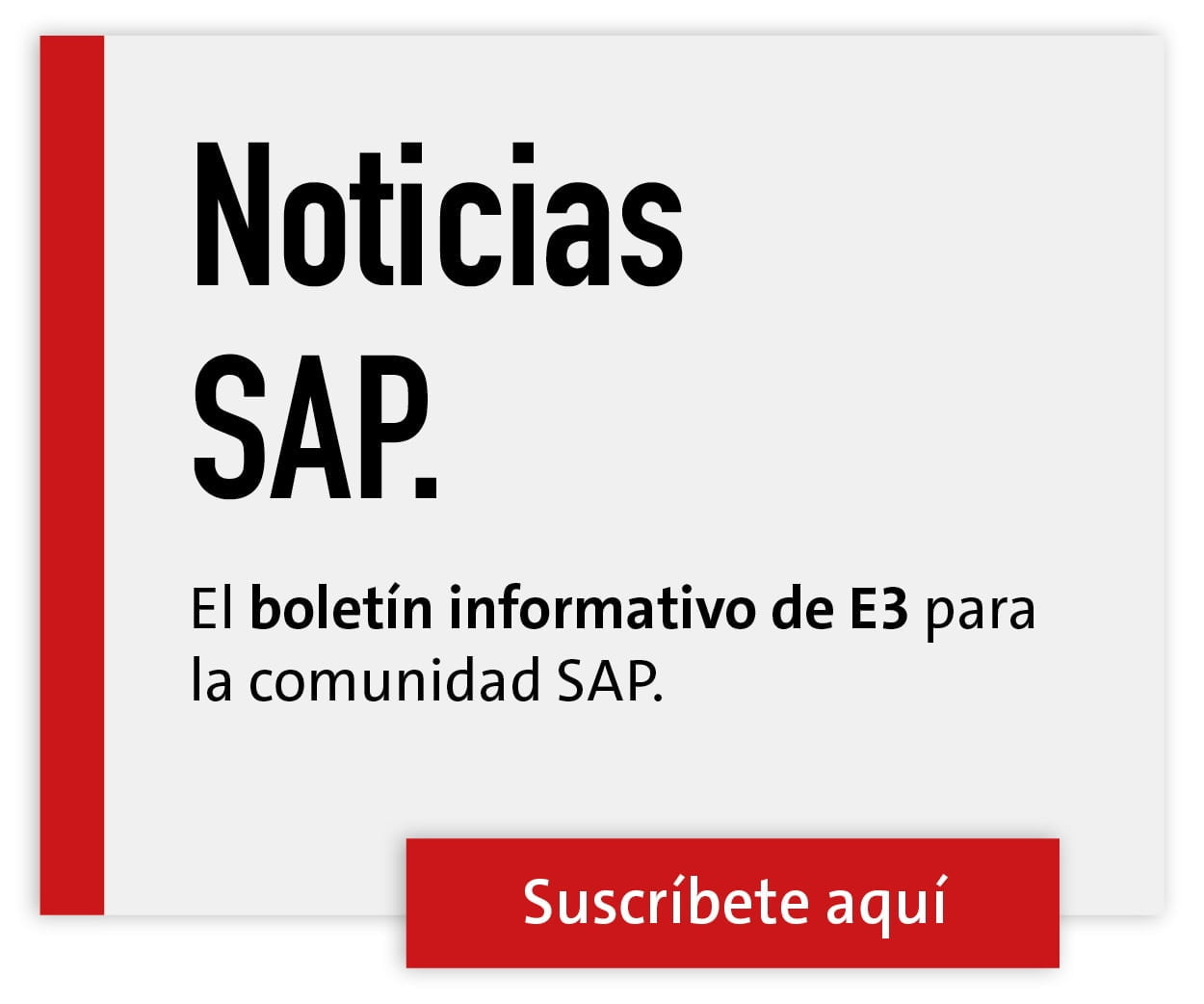Container Virtualization


SAP needs more than Linux
Most existing SAP customers are now aware that open source is much more than Linux. IBM acquired Red Hat many years ago not to have another operating system on offer, but because numerous open source tools enable a new organization and architecture for enterprise IT. SAP's existing customer Henkel is working with Red Hat to build a new IT infrastructure that will bring greater flexibility and resilience.
On-premises vs. cloud
From the perspective of an open source community, the discussion "on-premises vs. cloud computing" seems very academic and artificial. After all, container virtualization of S/4 would put an end to this discourse: Whether Docker and Kubernetes and other components are available in one's own data center at a hoster or hyperscaler could be irrelevant for the S/4 containers in the first approach.
Docker and Kubernetes
A roundtable discussion at Red Hat shows that users and existing SAP customers are sometimes further along than some providers. Existing SAP customer Henkel is working with Red Hat to build an IT infrastructure with cloud functionality and will run its own applications as containers. Through this container virtualization based on Kubernetes, Henkel wants to achieve the greatest possible independence, flexibility and resilience.
Virtualization
For many years, VMware dominated the SAP community with its virtualization technology. Almost every CIO followed the call: consolidate, harmonize and virtualize. SAP itself worked intensively with VMware because the technology brought unprecedented flexibility to the ERP world. Virtualization was replaced by SAP's cloud computing, and apparently no one recognized the synergy of these techniques. The open source community has shown with the container concept that it can be done differently.
S/4 Container
Has SAP missed an opportunity of the century by ignoring container technology? The first step with Hana on Linux and the cooperation with Suse and Red Hat were good and right. This was followed by the use and evaluation of further components from the open source portfolio. A fundamental conversion of the ERP architecture to container virtualization was obviously never considered. From today's perspective, an S/4 packaged in numerous containers could possibly have prevented the tiresome discussion about cloud first, cloud only, private, public and hybrid cloud.
Perhaps it's not a technical discourse, but a generational question and mental attitude. When I studied computer science, there were only mainframes with punch cards at the university, but no Linux yet. Thus, I am an open source apprentice and hope for more knowledge and insight at SAP.








4 comments
Gregor Wolf
SAP beschäftigt sich sicherlich recht gründlich mit Containern und Kubernetes. So ist z.B. das OpenSource Projekt Gardener (https://gardener.cloud/) von SAP initiiert und hilft Kubernetes Cluster zentral über die Grenzen von Hyperscalern und on Premise hinweg zu verwalten. Auch Entwickler finden hier etwas passendes: Kyma (https://kyma-project.io/). Damit werden verschiedenste Projekte, die für eine vernünftige Kubernetes Umgebung benötigt werden zusammengestellt und in der BTP auch Supported.
Für ABAP Entwickler gab es bis zum 18.01.2022 auch eine Docker Image mit dem ABAP Applikationsserver (https://hub.docker.com/r/saplabs/abaptrial). Container sind also auch mit ABAP möglich. Neben dem ABAP Image steht leider auch das Docker Image für HANA Express (https://hub.docker.com/r/saplabs/hanaexpress) nicht mehr zur Verfügung. Also das Know-How für Container wäre da. Leider aktuell alles nicht mehr extern nutzbar.
Peter M. Färbinger, E-3 Magazin
Hallo! Ja, richtig – mein Einwand betraf weniger die operative und technisch Ebene, sondern, ob auf Vorstandsebene bei CTO Jürgen Müller und Thomas Saueressig das Thema Open Source auch als strategische und visionäre Komponente mental wahrgenommen wird?
SAP hat mannigfaltige Probleme mit Business ByDesign. Warum diesen Code nicht der Open-Source-Community übergeben und schauen, was passiert? Ein echtes Open-Source-ERP neben einem Open-Souce-CRM wie SugarCRM (bis Ver. 6) wäre einen Versuch wert.
Was passiert in Walldorf? 3000 Mitarbeiter werden entlassen und etwa 1000 Techniker werden von HCL Technologies angemietet, um unter anderem den Support für das abgekündigte Business ByDesign zu gewährleisten. Macht das Sinn? Also: SAP Business ByDesign sollte Open Source werden …
Werner Dähn
SAP setzt intern schon seit langem auf Container. Zum Beispiel ist Hana Cloud im Wesentlichen eine Container-Lösung.
Containerisierung ist aber nur eine Zwischenstufe. Wenn sowieso alle die gleiche Applikation in der SAP Cloud laufen lassen, warum 100’000 Container Instanzen starten? Auch Container benötigen Wartung.
Auf S/4Hana übertragen würde das bedeuten, dass es weltweit eine einzige Installation gibt, die von SAP, und jeder der hunderttausend Kunden ist nur ein Mandant im ERP System. Das wäre super, es ist aber offensichtlich, dass das nicht funktionieren kann, weil eben nicht jeder Kunde identisch ist. Nicht in der ERP Welt.
Und darum wären für SAP und Kunden eine Containerlösung auch meiner Meinung optimal.
Beispiel: Wenn ich ein UI für Hana entwickle, starte ich einen Container: OnPrem erfolgt das per “docker run -d -p 80:8080 rtdi/appcontainer:latest-hana” und schon ist die Software installiert. In einem Rechenzentrum werden die Container per Kubernetes gestartet. Bei den Hyperscalern gibt es schöne UIs um Container zu administrieren.
Keine zeitraubende XSA Installation, kein riesiges Konglomerat von Services, kein Unterschied zwischen OnPrem, eigene Cloud, Hyperscaler, … alles sehr einfach und schnell.
Könnte SAP auch so machen. Man möchte aber lieber die Lösung, wo alle die selbe Installation verwenden. Das Problem mit den Unterschieden löst man, indem man jedem Kunde sagt: “Keep the core clean”. Ist für SAP billiger.
Peter M. Färbinger, E-3 Magazin
Hallo und vielen Dank für den Hiweis zu Hana Cloud und die Erinnerung an: Keep the Core clean!